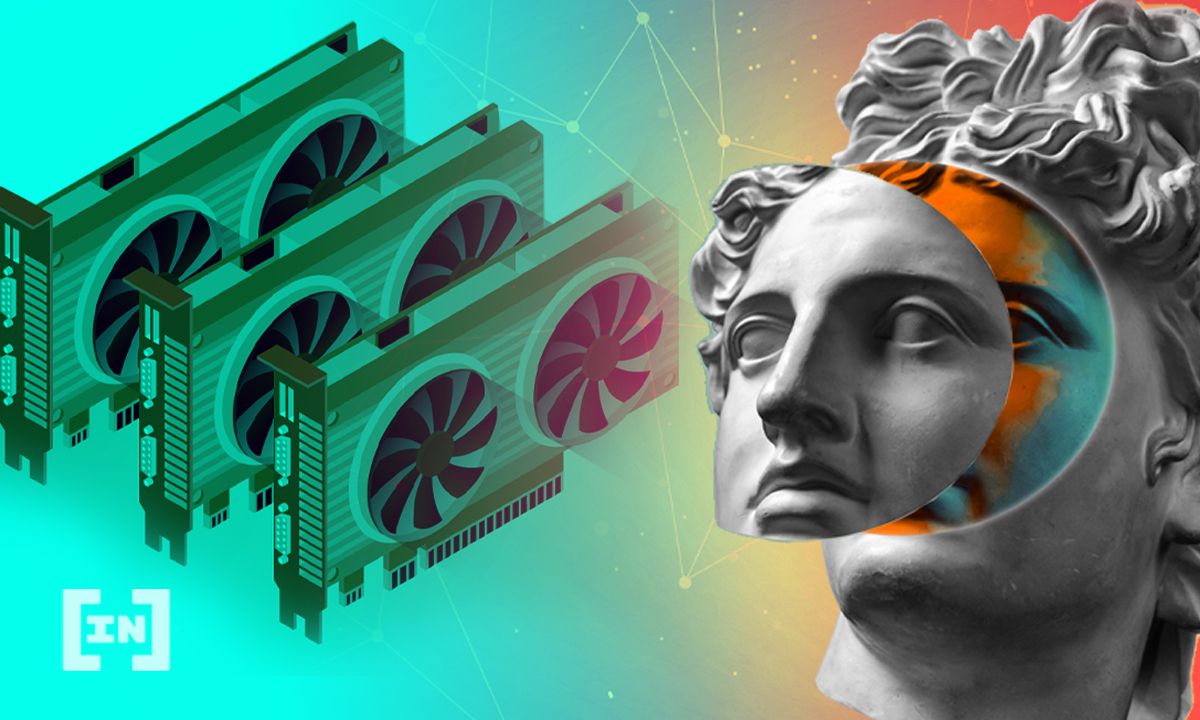Could Intel’s launch of a blockchain-focused chip spell doom for Bitmain?
Bitcoin mining first used Central Processing Units in home computers, which were designed for general purposes. Mining is the process whereby a limited number of bitcoins are earned by “miners,” essentially those who solve cryptographic puzzles to verify transactions on a distributed ledger called a blockchain. After that, Graphics Processing Units (GPUs) were used as the puzzles became harder. Then Application-Specific Integrated Circuits became the star of the show. Now, “mining pools,” which consist of multiple ASIC data centers, are the most feasible way to mine bitcoin.
Which ASIC rules the roost?
The most profitable ASIC on the market currently is the Antminer S19 Pro. It is made by Bitmain, which specializes in mining hardware. At the heart of the ASIC is a highly sophisticated processing chip dedicated to SHA-256 mining. SHA-256 refers to a cryptographic hash function used to verify transactions. Miners look for machines that are energy-efficient using the SHA-256 cryptographic hash function. Cryptography is the art of hiding data using special mathematical techniques. Now Intel is making a play for the mining market by launching the SHA-256 optimized blockchain accelerator, which is claimed to have over 1000 times better performance per watt than the GPUs used for SHA-256 mining.
The new blockchain chip will ship later in 2022. Intel has already struck deals with Argo blockchain, Block (Jack Dorsey’s payment company, formerly Square), and GRIID Infrastructure to supply the chip. Could it be used in Block’s upcoming open-source mining project? Time will tell. The chip architecture, which is essentially the layout of its sub-circuits, is implemented on a tiny piece of silicon. Silicon is the raw material upon which sub-circuits are etched using advanced lithography. Intel’s decades of research into cryptography, hashing techniques, and very low-voltage circuits have led it up to this point. Intel is also launching a new Custom Compute Group within its Accelerated Computing Systems and Graphics Business Unit, to design chips for multiple applications.
Smaller chips are more energy-efficient
A reduction in chip size is a way to make a chip more energy-efficient. Antminer’s seven nano-meter (one-billionth of a meter) is currently the most efficient in the industry. The smaller the processor, the greater the number of transistors that can be etched onto the raw silicon. This means electricity travels a shorter distance between transistors (an elementary electronic component) on the chip to do practical work. This results in faster computing, less energy consumption, and more excellent heat dissipation.
It is yet to be seen what size Intel’s new blockchain chip will be. The smallest chip they have designed is 10nm, while its 7nm chip is due for release in 2023.
What do you think about this subject? Write to us and tell us!
Disclaimer
In adherence to the Trust Project guidelines, BeInCrypto is committed to unbiased, transparent reporting. This news article aims to provide accurate, timely information. However, readers are advised to verify facts independently and consult with a professional before making any decisions based on this content. Please note that our Terms and Conditions, Privacy Policy, and Disclaimers have been updated.


